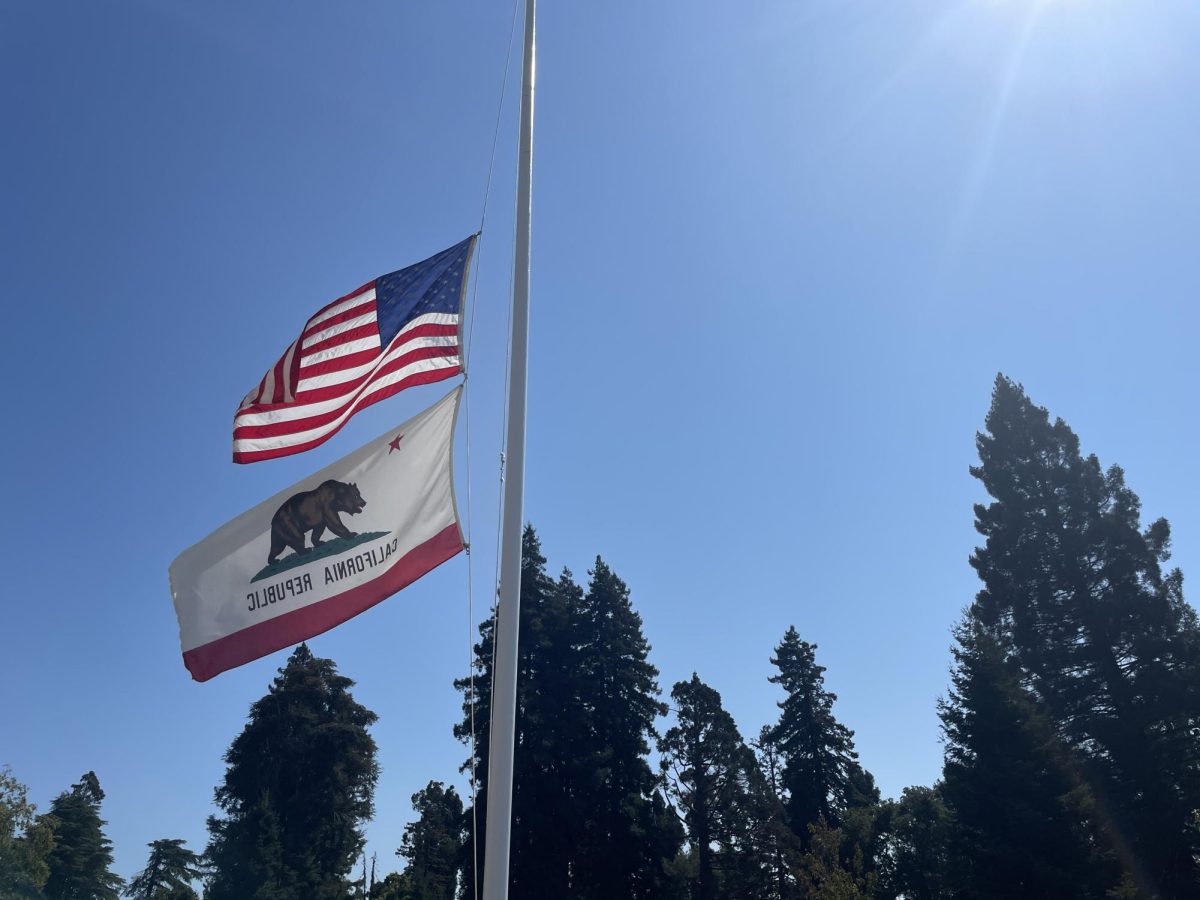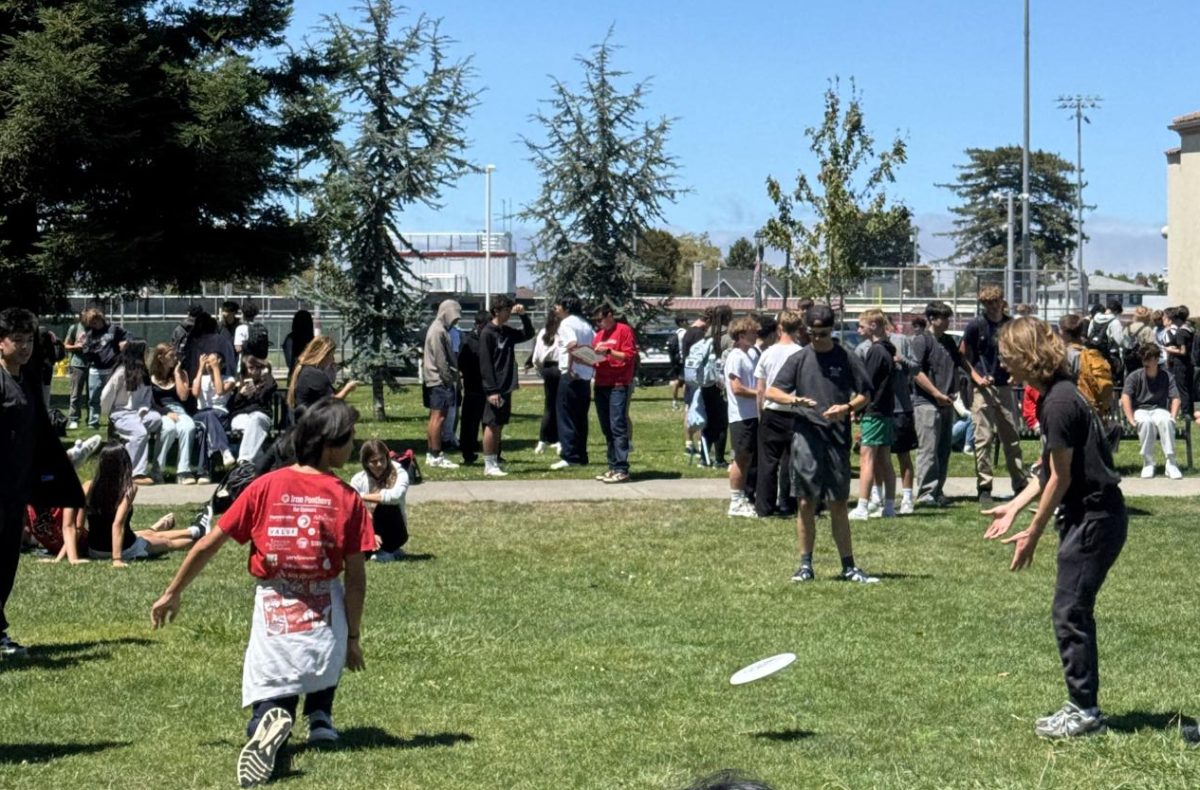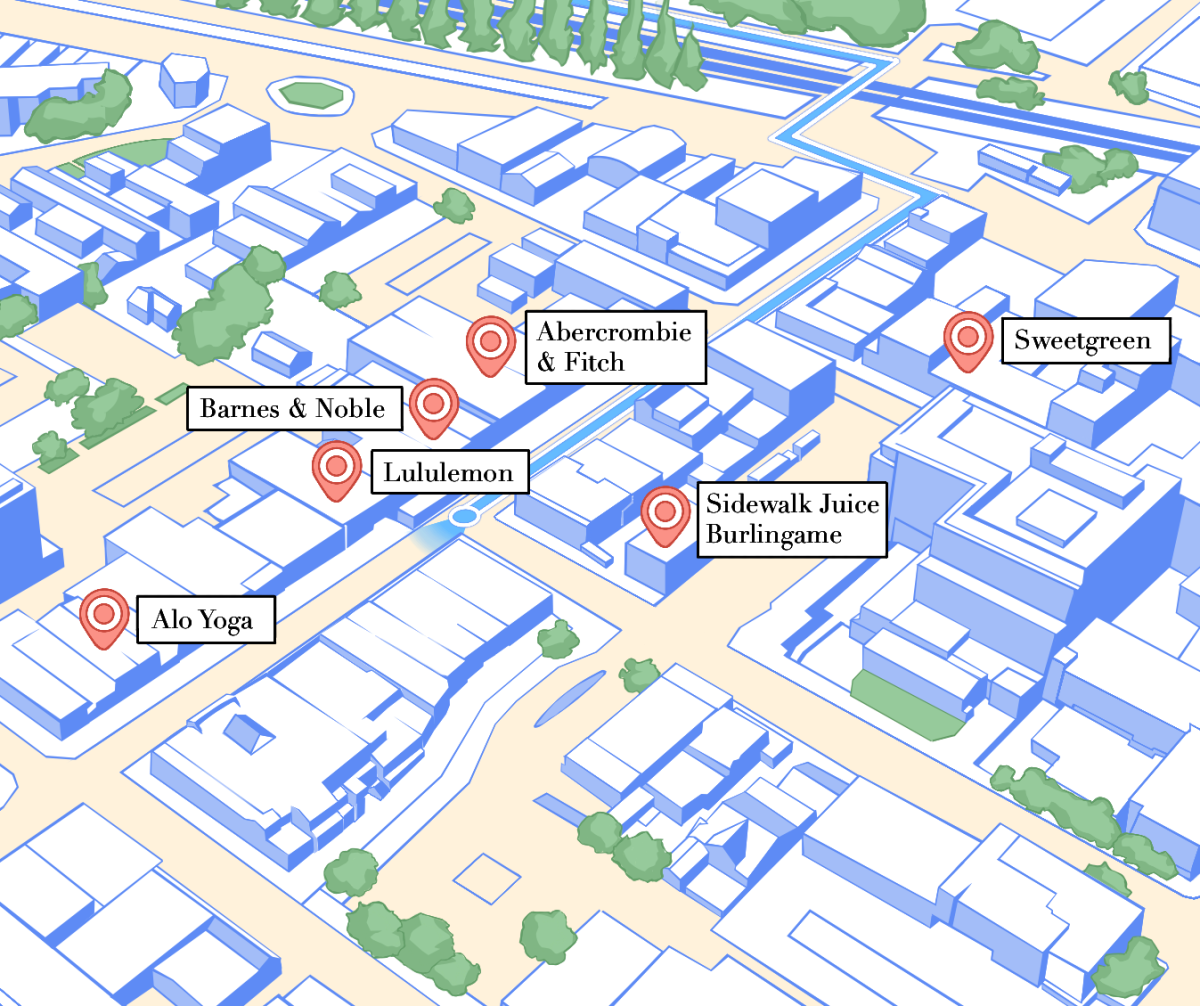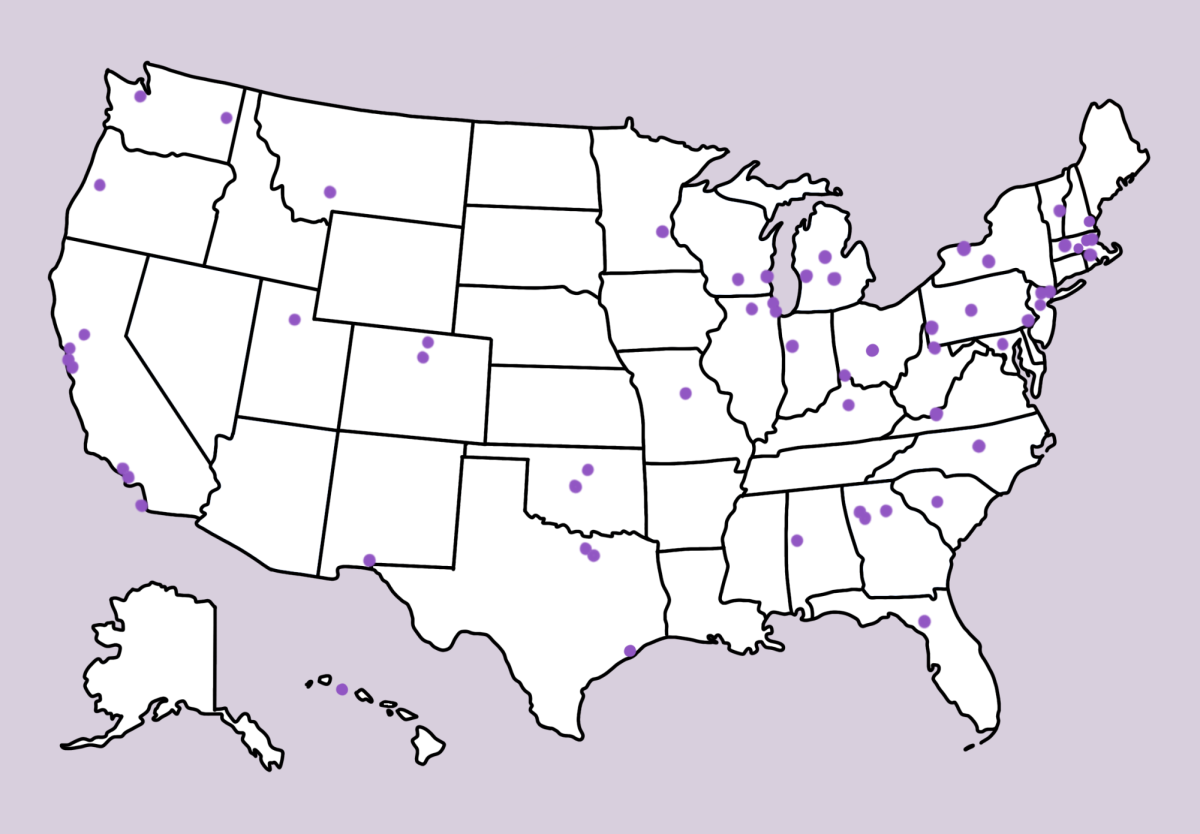Introduction
Naming 50 states and their capitals, locating the world’s tallest mountain, and identifying countries on a blank map — all skills we typically associate with adequate knowledge of geography. While the study of geography does encompass these middle school recollections, they frequently come to define the field, which, I believe, leaves other critical elements largely disregarded.
In reality, geography entails far more than memorization. According to National Geographic, it is “the study of places and the relationships between people and their environments.” In simple terms, geography cultivates an understanding of Earth and its natural and human complexities. Rather than merely concentrating on the location of places, geography delves into how places originate, evolve over time, and impact their inhabitants.
Nonetheless, the importance of geography is repeatedly overlooked in our high school education. We witness its neglect right here, at Burlingame, where the option to enroll in a standalone geography class is not available to students. Instead, it is incorporated into the social studies curriculum, which strikes me as a questionable decision because geography is more closely related to scientific studies, such as biology or chemistry, while history — a fundamental component of social studies — is typically associated with literature. Among the California Department of Education’s State Minimum High School Graduation requirements, the study of the United States and global geography awkwardly falls under the three obligatory social studies courses.
The sad truth is that California is not alone in its disdain for geographical education. In 2017, The Gilbert M. Grosvenor Center reported that only 17 states mandate some geography study throughout high school, with only six requiring standalone geography classes, whereas the rest opt to combine geography with other subjects.








































